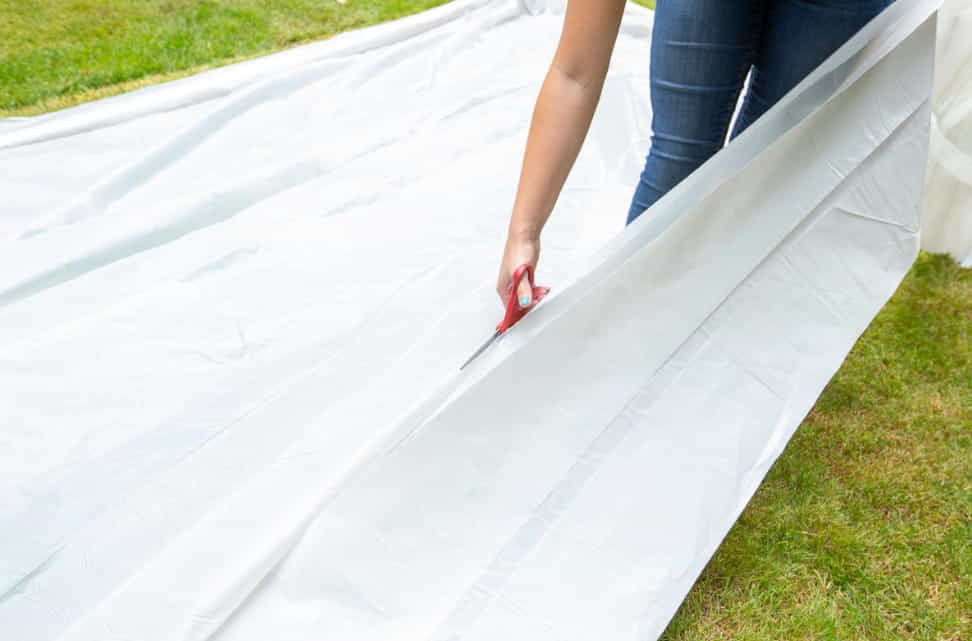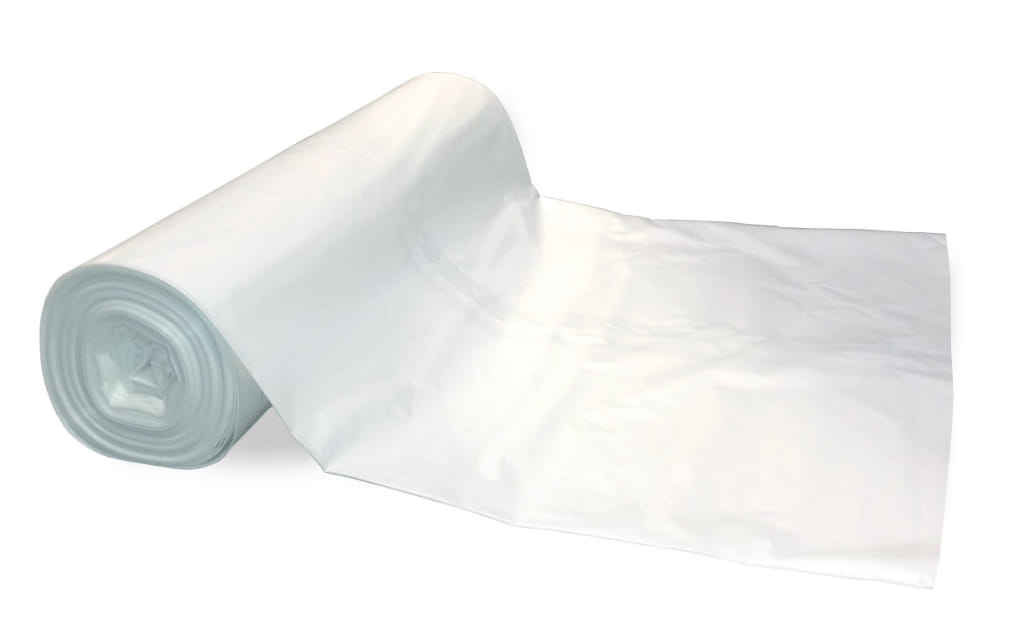Poly sheeting is a versatile and cost-effective material that has become indispensable in various industries due to its numerous applications, benefits, and ease of use. Made from polyethylene, a durable and flexible thermoplastic, sheeting can be used for a wide range of purposes, from construction and agriculture to packaging and storage. In this blog post, we will explore the versatility of sheeting, its key benefits, and best practices for using this material.
Applications of Poly Sheeting
- Construction: In the construction industry, sheeting serves as an essential barrier material to prevent moisture, dust, and debris from entering or exiting a building site. It can be used as a vapor barrier, drop cloth, or temporary wall covering during renovation projects.
- Agriculture: Sheeting plays a vital role in the agricultural sector, where it is used as greenhouse covers and ground covers. Greenhouse covers help regulate temperature and humidity levels, while ground covers protect the soil from erosion and weed growth.
- Packaging and Storage: Poly sheeting is commonly used in the packaging industry to protect products during shipping and storage. Its flexibility and durability make it an ideal material for wrapping pallets, covering furniture, or creating custom bags for various products.
- Paint and Surface Protection: During painting or surface treatment projects, sheeting can be used as a protective barrier to prevent paint, chemicals, or other materials from damaging surrounding surfaces.
- DIY Projects: Sheeting is also popular among DIY enthusiasts who use it for various home improvement projects, such as creating temporary room dividers, waterproofing basements, or protecting outdoor furniture and equipment.
Benefits of Poly Sheeting
- Durability: Sheeting is made from high-quality polyethylene, which provides excellent strength, tear resistance, and puncture resistance.
- Water and Chemical Resistance: Sheeting is resistant to water, chemicals, and other contaminants, making it suitable for various applications that require protection from moisture or harsh substances.
- Customizability: Sheeting can be easily cut and shaped to fit specific needs, making it a versatile material for different projects.
- Cost-Effectiveness: Sheeting is relatively inexpensive compared to other materials, making it an affordable solution for many industries.
- Ease of Use: Sheeting is lightweight and easy to handle, making it a user-friendly material for both professionals and DIY enthusiasts.
Best Practices for Using Poly Sheeting
- Proper Storage: Store sheeting in a cool, dry place away from direct sunlight to prevent degradation and maintain its durability.
- Correct Thickness: Choose the right thickness of the sheet based on the specific application and the level of protection required.
- Secure Installation: When using sheeting as a barrier or cover, ensure that it is securely fastened to the surface or structure to prevent movement or damage.
- Regular Inspection: Inspect sheeting regularly for signs of wear or damage and replace it as needed to maintain optimal protection.
- Environmentally Responsible Disposal: Dispose of used sheeting responsibly by recycling it whenever possible or by following local waste management guidelines.
The Bottomline:
Poly sheeting is a versatile and widely used material with numerous applications across various industries. Its waterproof properties, durability, and customizability make it an excellent choice for construction, agriculture, packaging, and transportation needs. By understanding the applications, benefits, and best practices associated with sheeting, you can leverage its versatility to enhance your projects and ensure effective use.


